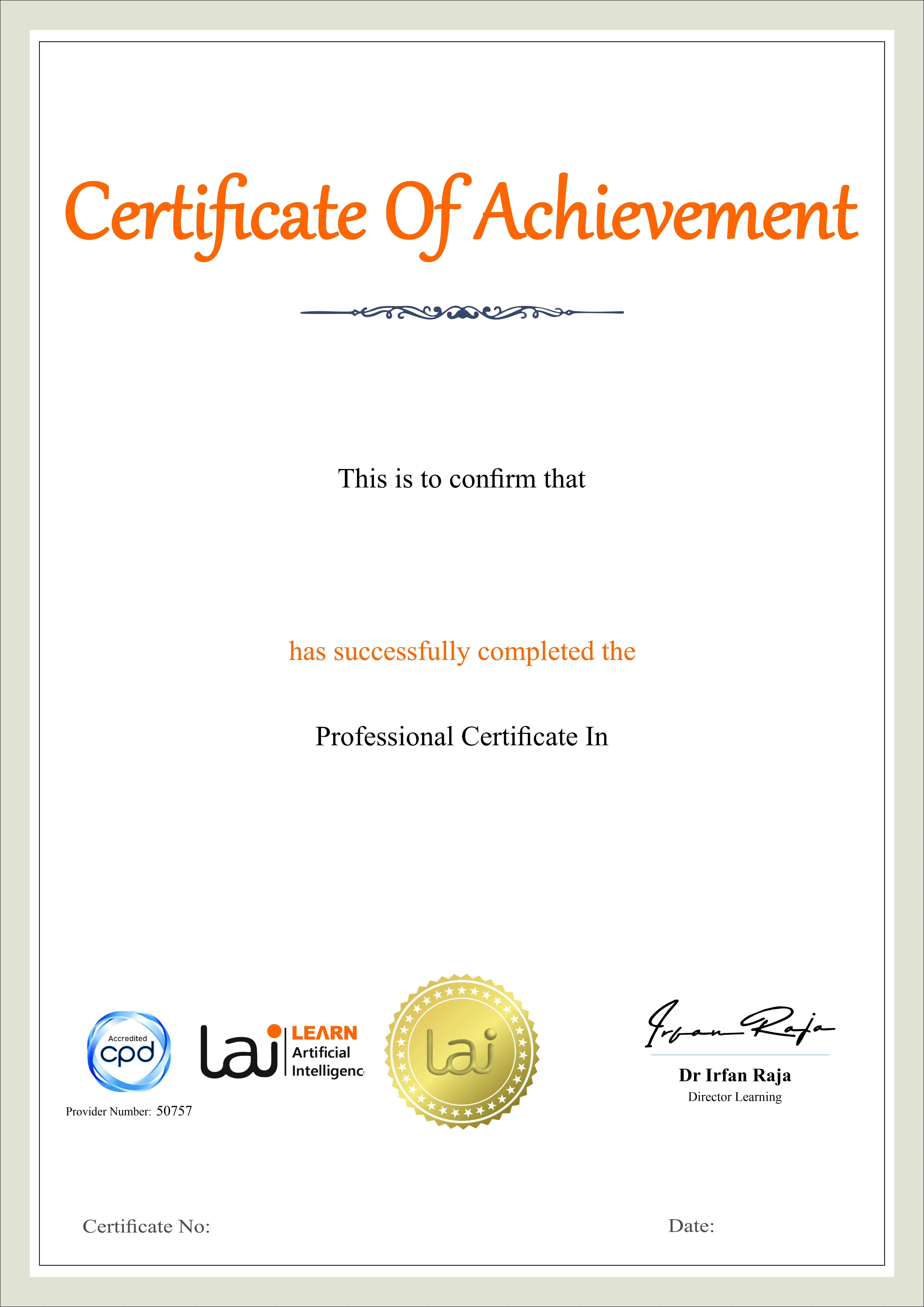Data augmentation is a powerful technique for expanding the dataset in machine learning and AI applications, helping to improve model accuracy and robustness by generating additional data from existing data.
Data augmentation
Data augmentation is a powerful technique for expanding the dataset in machine learning and AI applications, helping to improve model accuracy and robustness by generating additional data from existing data. This course focuses on the various techniques used to augment data, whether for images, text, time-series, or audio data. It explores how data augmentation can enhance AI models and improve performance in a range of domains. By the end of this course, you will gain a deep understanding of how to apply data augmentation strategies in real-world AI applications, helping your models perform better and generalize well across unseen data.
This course is designed for AI enthusiasts, data scientists, machine learning practitioners, and developers who want to learn how to enhance their models through data augmentation techniques. Whether you are working with images, text, time-series, or audio, this course provides a comprehensive guide on how to augment data effectively for your AI projects. It is ideal for those with a basic understanding of machine learning concepts, looking to deepen their knowledge and enhance their models' performance using augmented data. Developers and researchers aiming to improve the generalization ability of their AI models will also benefit from the practical, hands-on experience provided in this course.
Understand the role of data augmentation in enhancing machine learning models.
Implement data augmentation techniques for image, text, time-series, and audio data.
Utilize various tools and libraries for data augmentation in AI workflows.
Develop an efficient augmentation pipeline tailored to your specific data type.
Generate synthetic data to improve model training with limited resources.
Automate the data augmentation process for scalable AI applications.
Build a comprehensive data augmentation pipeline for AI projects and deploy it effectively.
-
Get an overview of data augmentation techniques, why they are essential for AI, and how they can help improve the performance and generalization of machine learning models.
-
Learn how to augment image data using techniques like flipping, rotation, scaling, and color adjustments to improve computer vision models and ensure they can generalize better.
-
Discover various methods for augmenting text data, such as paraphrasing, word replacement, back-translation, and sentence reordering to enhance natural language processing models.
-
Explore augmentation techniques for time-series data, including jittering, time warping, and window slicing, to boost predictive models in fields like finance, healthcare, and IoT.
-
Learn about the specific challenges in augmenting audio data and methods like pitch shifting, noise injection, and time-stretching that can be applied to enhance speech and sound recognition systems.
-
Understand how synthetic data generation works and explore the use of generative models like GANs (Generative Adversarial Networks) to generate realistic datasets for training AI models when real data is scarce.
-
Learn how to automate the data augmentation process using popular libraries and tools, helping you scale augmentation tasks for large datasets and complex AI workflows.
-
Bring everything together by creating a full data augmentation pipeline for an AI project of your choice, applying the techniques learned in previous modules to a real-world scenario.
Earn a Professional Certificate
Earn a certificate of completion issued by Learn Artificial Intelligence (LAI), accredited by the CPD Standards Office and recognised for supporting personal and professional development.

Key Aspects of Course

CPD Accredited
Earn CPD points to enhance your profile

Free Course
This course is free to study

Self-Paced
No time limits or deadlines

Flexible & 24/7 Access
Learn anytime , anywhere

Build In-Demand Skills
Get job ready

Updated AI Skills
Stay current with AI advancement

Global Learning
Accessible Worldwide

Premium Materials
High-quality resources

Employer Approved
Boost your career prospects



